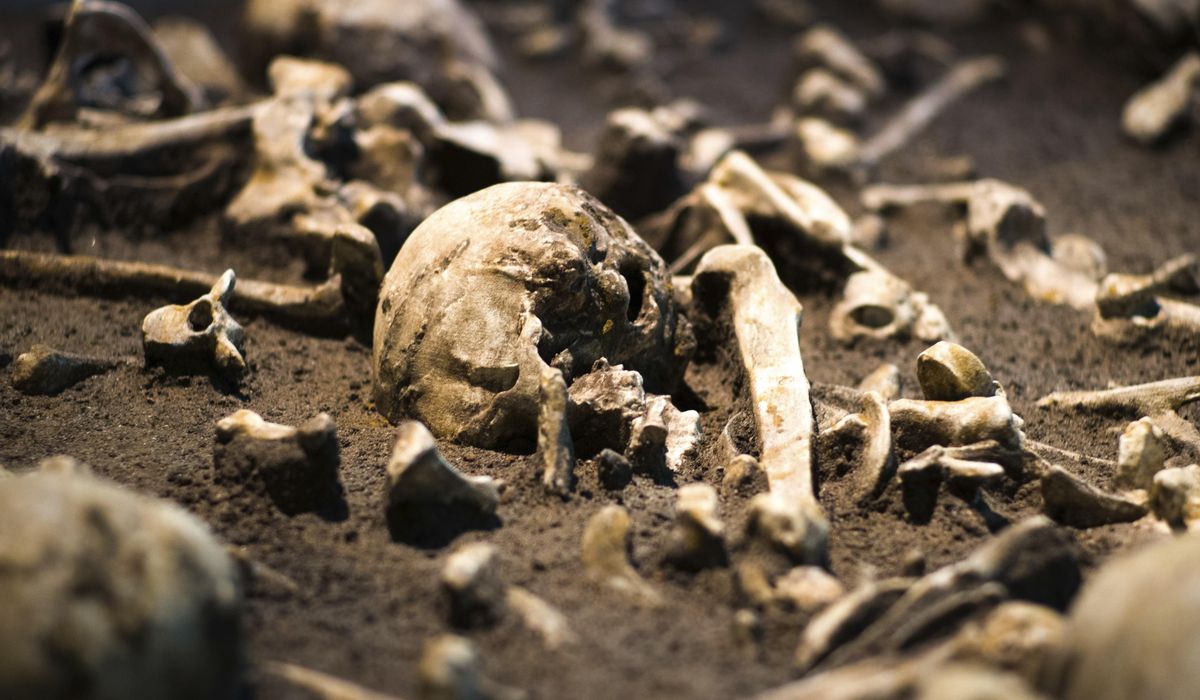


A team of European researchers found cut marks near lesions on the skull of an Egyptian man dating back thousands of years. The marks suggest a form of cancer treatment.
In a study published in the Frontiers in Medicine journal last week, the team examined a pair of skulls, one of which dated back to 2687 to 2345 B.C., coinciding with Egyptian history when the pyramids were built.
The older skull, belonging to a man in his 30s, had signs of a tumor as well as around 30 smaller metastasized growths — and cut marks around them.
“It seems ancient Egyptians performed some kind of surgical intervention related to the presence of cancerous cells, proving that ancient Egyptian medicine was also conducting experimental treatments or medical explorations in relation to cancer,” Dr. Albert Isidro, a study co-author at the University Hospital Sagrat Cor in Barcelona, Spain, said in a release from the journal.
While the ancient Egyptians are known to have treated cranial fractures, used dental fillings, built prosthetics and treated traumatic injury, the skulls offer new evidence that they knew about and tried to treat cancer.
“This finding is unique evidence of how ancient Egyptian medicine would have tried to deal with or explore cancer more than 4,000 years ago. This is an extraordinary new perspective in our understanding of the history of medicine,” another co-author, Edgard Camaros with the University of Santiago de Compostela in Spain said in the release.
The second skull, belonging to a woman in her 50s, showed signs of cancer, which was not treated, and of successful treatment for a close-range traumatic weapon injury.
The lesions on the second skull caused by the weapon had been healed, while the cancerous lesion grew large enough to destroy bone. The skull dates back to 663 to 343 B.C., a period including the last native ancient Egyptian dynasty and the Persian conquest.
“If it had been a man, we would have immediately said it was a warrior. Being a woman, it is a bit more complex, although it might raise the question that the role of women could be different from what we thought,” Mr. Camaros told the Spanish newspaper El Pais.
• Brad Matthews can be reached at bmatthews@washingtontimes.com.
